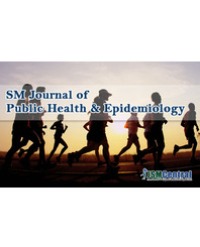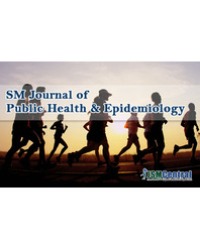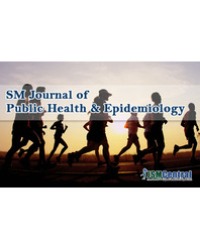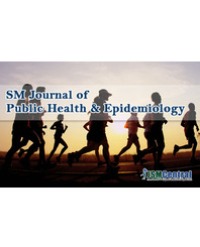
Quality Metrics: Date Transparency and User-Customized Design Drive Frontline Engagement
Valid quality metrics, and more importantly, improvement in healthcare delivery, depend on frontline provider engagement. We explore a pilot for using a familiar technology model, customized to the needs of frontline users, to foster a culture of teamwork, accountability, and improve patient care. Pre-intervention surveys measured awareness of quality indicators and their importance among frontline staff of a Mayo Clinic cardiovascular unit. Post-intervention surveys indicated substantial to significant increases in awareness of three critical metrics and two related best practices. We conclude with qualitative remarks on attitudinal changes that resulted from participation in the pilot.
Farris Timimi¹* and Carmen Kane²




